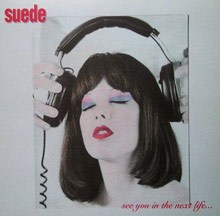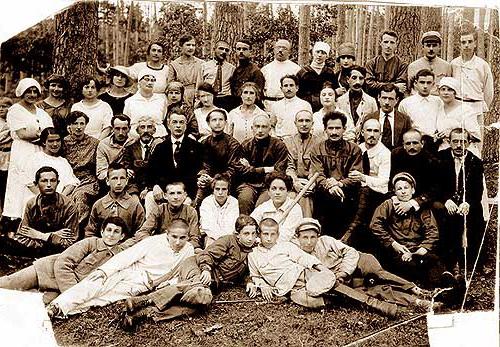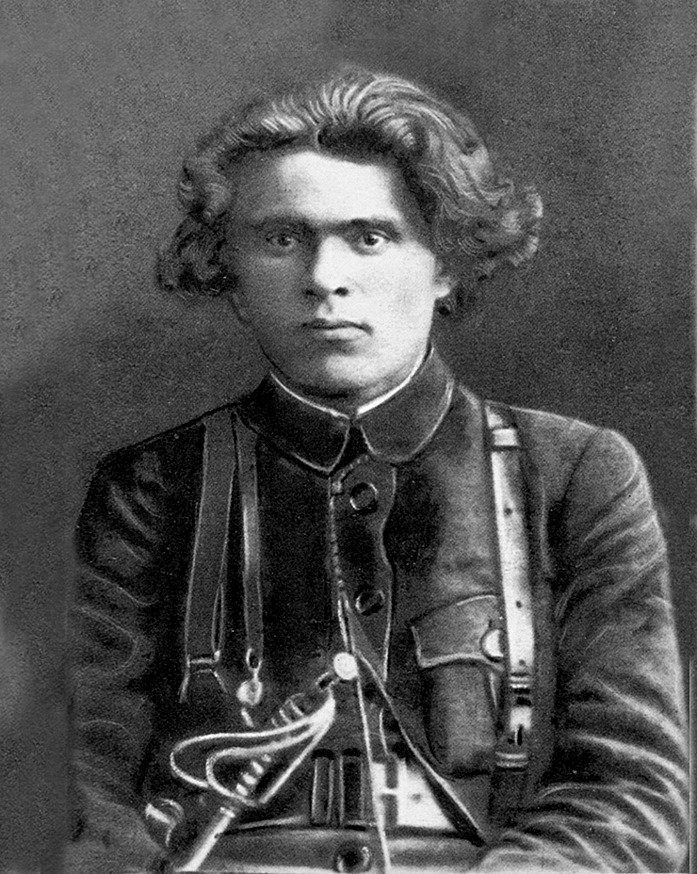If your muscles are sore after exercise. Why pain occurs after playing sports
All athletes involved in various sports face muscle pain, which can occur due to physical exertion.
That is why the question "how to restore muscle after training" is one of the most relevant, and there are several useful recipes for solving this problem.
Why pain occurs ^
Everyone knows that for muscle growth and fat burning, the most important thing is not so much the training itself, but the recovery process after it. The fact is that during sports, muscles get a tremendous load, resulting in damage.
Subsequently, they need to be replenished with useful substances: vitamins, proteins and amino acids, which can be obtained both from ordinary food, and from sports nutrition.

The most important role in gaining muscle mass is played by protein: for example, bodybuilders take protein shakes in order to “get” the required amount of protein per day. This is done for one important reason: on average, 2 g of protein per 1 kg of weight should be consumed, and with a weight of 70 kg, 140-180 g of pure protein will have to be consumed. Using simple food to do this is problematic, because You will have to eat 1 kg of lean meat per day.
Another important aspect in muscle recovery is nutrition. Most often, when losing weight, people, on the contrary, gain fat due to non-compliance with the diet: they use sugar-containing foods, flour, fatty and fried foods. It is worth considering that after training, the processes of assimilation of food occur faster, because physical activity accelerates metabolism - accordingly, fat weight will grow with a vengeance.

Unprofessional athletes have the concept of "overtraining", which means any muscle pain, but here it should be borne in mind that with proper and productive training they will definitely be. This is due to the fact that during training the muscles unambiguously stretch and damage their fibers, therefore, in the future they need recovery, on which weight gain or weight loss depend.
What can be done to prevent muscle aches ^
Normally, pain occurs within 1-2 days after a strength training, but there are several recommendations to minimize them and make them almost invisible to the athlete:
- It is very important to learn how to avoid stress, because stress hormone produced in such situations negatively affects the speed of recovery and the muscles themselves;
- Various massage techniques also help: with their help, you can relieve tension and pain in the muscles;
- Nutrition is of greatest importance: it should be high-protein, because it is the protein that is involved in building the muscle corset.

Ways to quickly restore muscle after a workout ^

Sports nutrition
Of course, the main goal of sports nutrition is not to quickly restore muscle tissue, but with it you can still achieve this effect. The choice of product depends on the purpose of the lesson. What to look for when gaining mass:
- Protein (whey and casein). Serum should be taken immediately after training, as it is absorbed within 30-40 minutes and quickly gives the muscles the necessary nourishment. Casein is a “long” protein, and nourishes muscles for 5-7 hours, so it is advisable to use it before bedtime;
- Geyner: this is a high-carb mixture that gives the muscles the necessary energy after exercise, which contributes to their speedy recovery;
- Creatine: its essence is to increase strength and give the muscles relief, but this amino acid also participates in recovery;
- BCAAs are a complex of amino acids that feed muscles. They are necessary for the rapid regeneration of their tissues. You can take the product before, during and after training.
When losing weight, the list of sports nutrition products is slightly different:
- L-carnitine: prevents the formation of fat cells, stimulates metabolism, gives energy during training. It should be taken half an hour before class, but you can also drink during;
- BCAA: practically useless for fat burning, but necessary for those who want to clean subcutaneous fat and at the same time achieve relief;
- Whey and casein proteins are important in both recruitment and weight loss, as in both cases, they are needed by the muscles;
- Creatine: It can be taken while maintaining the right diet, strictly observing the dosage. It is not suitable for drying, as promotes the accumulation of water in the muscles and the athlete can simply "fill in".
Check your% body fat, BMI and other important parameters






